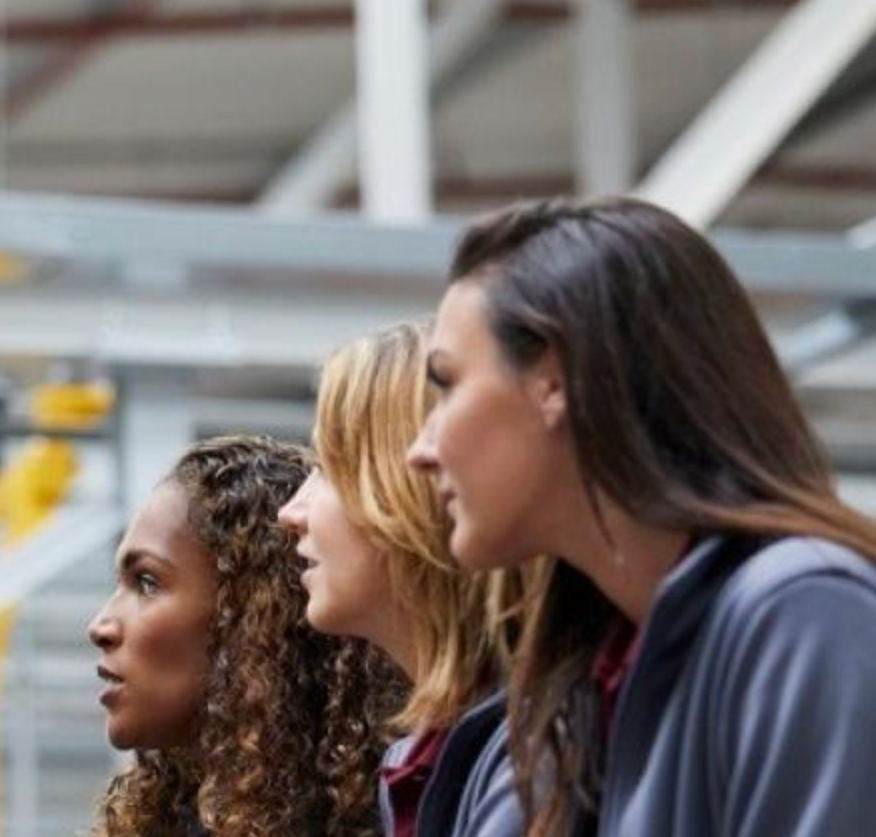Blog
Introduction to lean in a job shop manufacturing environment

Many companies find lean manufacturing is an effective method to cut costs and operate more efficiently. One area that has not embraced lean fully is the job shop environment, largely because of the difficulty of standardizing processes in a low-volume, high-mix environment. A lot of smart companies have figured out that by focusing on operational commonalities, job shops can successfully employ a lean outlook.
Lean, but not in job shop manufacturing
Much of the information on lean comes from Toyota’s case studies, which may not always be applicable in this manufacturing sector. Greg Lane, a small shop owner who learned lean from Toyota Production Systems admits that the high-mix, low-volume product lines present a challenge to lean thinkers but it can be overcome. In an article for the Lean Enterprise Institute, he states: “People get turned off too quickly, for example, because they don’t see the direct application of a tool and they didn’t go back to what is the principle behind the tool.”
Job shops are usually more specialized in their production as compared to higher production facilities, as they manufacture many variations on items. Routings, tools, and fixtures, therefore, may vary slightly, in addition to discrepancies in setup times and lot sizes. Managers feel that a one-size fits all, Lean approach will not work given the constraints of a job shop.
Reduce manufacturing waste
One way for small shops to introduce lean thinking is by identifying waste---excessive inventory, overproduction, rework, and downtime. Another area of waste that is common to all job shops in information waste. Job shops are notorious for having a large amount of information that accompanies production. However, if it is not timely and accurate, it results in rework.
Clear and visible communication becomes critical to high-variation production processes. By eliminating questions about the work flow with clear signs and labels, the chances for costly errors are minimized.
Efficient processes
Running a large amount of products is what makes a job shop successful. Lean manufacturing in the job shop, then, must focus on the process, with faster changeovers and quicker response times. It requires managers to find the commonalities among their production mix.
For shops that work with hundreds of different parts, Value Stream Mapping, a classic approach of lean, will usually not work. Process Mapping, which groups families of parts to the work cells, is a better way to determine capacity, staffing, and lot size. Instead of dedicated work cells, virtual cells can eliminate material movement for faster turnover. Lastly, cross-training employees also cuts down on changeover time within a work cell.
Other benefits in the lean job shop
Beyond reducing waste, adopting Lean in small shops can lead to an increase in capacity. A reduction in manufacturing time leads to greater production without the addition of employees or machines. It also shortens the time between getting an order and getting paid for the work, which helps cash flow.
There are many examples of job shops who have been able to utilize certain lean processes that have enabled them to improve on a waste-free environment. These efficiencies have no doubt led to greater profitability for the operations who’ve implemented them.







